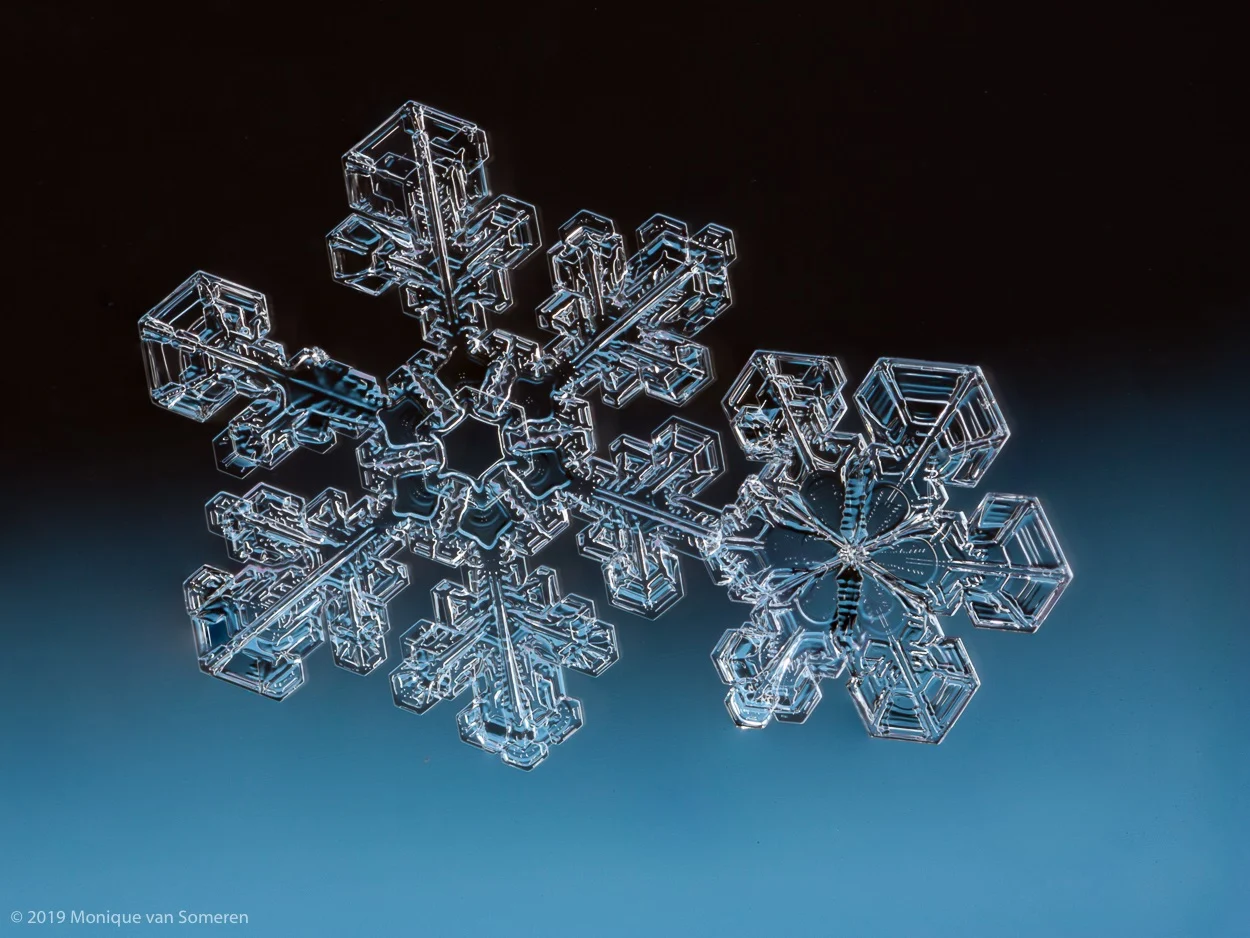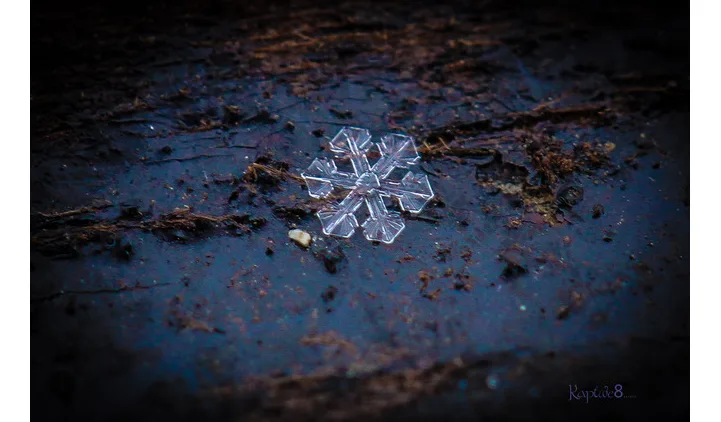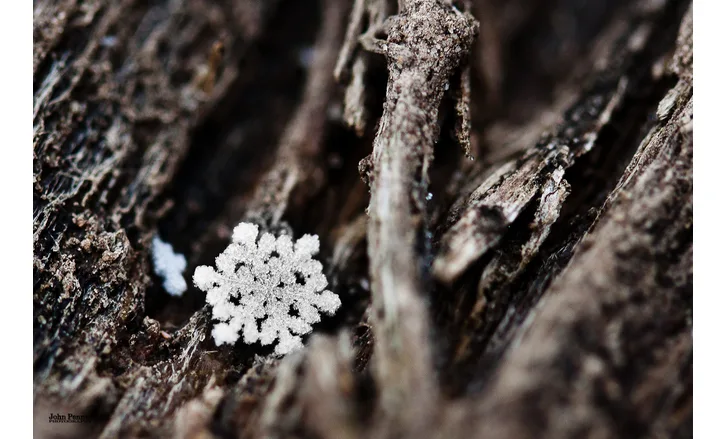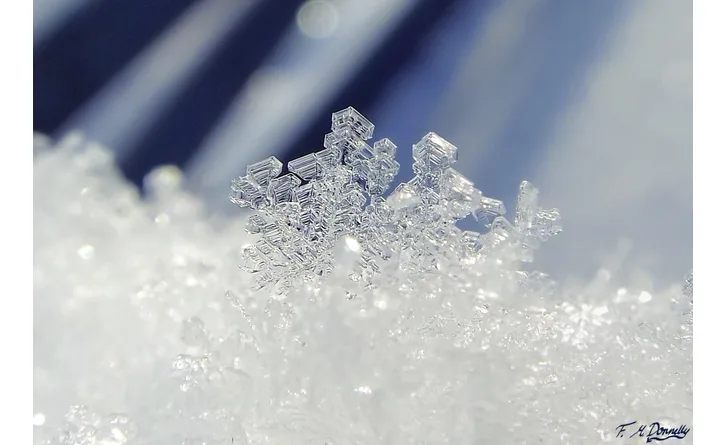
Here's why no two snowflakes are alike
Point of Viewer is an ongoing Weather Network feature where we explore Canada through your photos and videos. Check back often for new videos and scroll down to see how you can get involved.
Snow.
Canadians know it well.
We know its cold, we know it can fall any time of year, and we know that up close, snowflakes look like tiny pieces of art.

Submitted by Fiona M. Donnelly
But what else do you know about snowflakes?
How do they form? And why are no two alike?

Submitted by Monique Van Someren
"Snowflakes form when tiny water droplets freeze on tiny dust particles in the atmosphere," explains Weather Network meteorologist Kelly Sonnenburg.
The size of a snowflake is dependant on the temperature and moisture present in the atmosphere.

Submitted by Wendy Slodoba
"Believe it or not, some of our biggest snowfall events occur when the temperature is just below the freezing mark," Sonnenburg says.
"That's because colder air can't hold as much moisture as milder air can."

Submitted by Dale Matthies
Water molecules will continue to grow snowflakes and turn them into new shapes, depending on the moisture and temperature present in the atmosphere.
"And that's why no two snowflakes are alike."

Submitted by Fiona M. Donnelly
Upload your photos and videos to The Weather Network. You might see them in a feature just like this one.
